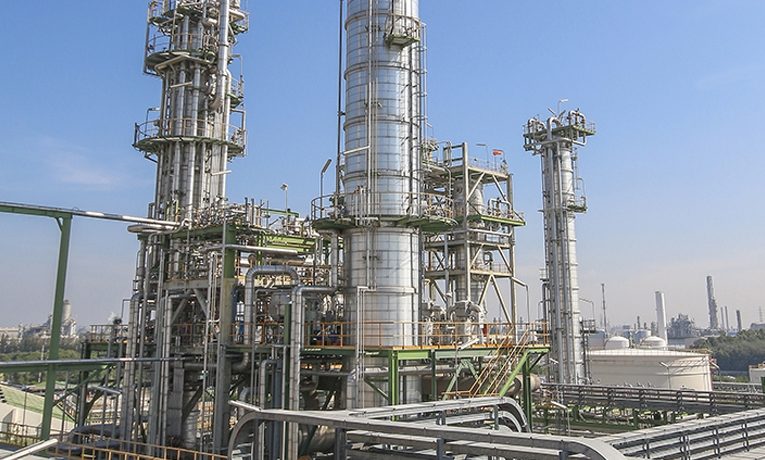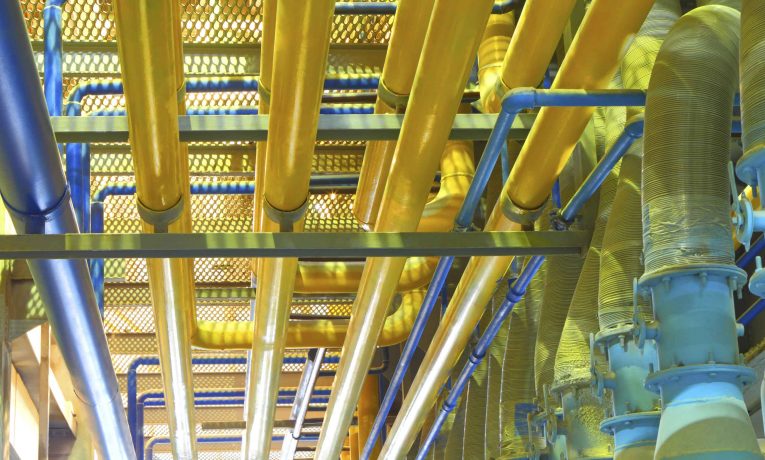Energy efficiency—you know it’s important for the success of your refinery. Yes, it can save you money and yes, it can leave a gentler environmental footprint. But do you know how to get there? Do you know how your refinery can become more energy efficient?
At Solomon we have the well-documented answers to those questions thanks to our Most Improved Refineries (MIR) energy report. The MIR was born out of the data we collected through our extensive Worldwide Fuels Refinery Performance Analysis (Fuels Study). The MIR report was designed to look above and beyond our vast database of benchmarking numbers. We wanted to examine the energy trends of a wide range of refineries over a 10-year analysis, using data from study years 2006–2014. That was accomplished by classifying the refineries we studied into four distinct groups known as Custom Peer Groups (CPGs), listed as follows:
- Investment Peer Group (INV)
- Operational Peer Group (OPS)
- Average Peer Group (AVG)
- World’s Best Energy Intensity Index Group (WB EII)
Our objective in creating and categorizing refineries into these four distinct peer groups was to highlight the different ways refineries were able to achieve a considerable improvement in energy efficiency. At first glance our MIR data indicated that there were a group of refineries who increased their energy efficiency thanks to a capital investment or new construction (INV). There was another peer group who was able to achieve improved energy efficiency without spending any money or constructing new facilities (OPS). Then there were refineries that belonged to a third group (AVG) who remained unchanged in their energy efficiency. And finally, the World’s Best EII group (WB EII) was the group of the most energy-efficient refineries in the Solomon database. They were used as the benchmark to which all other refineries were measured.
OPS Results
For those refineries that had not had a large financial investment or undergone significant construction, their energy improvement was attained by focusing on the following areas:
- Steam systems
- Electrical consumption and generation efficiency
- Process duty (fired sources)
- Furnace efficiency
By far the largest area of improvement for the OPS peer group was a reduction in steam consumption (75% of total energy reduction). This was the result of reducing steam production from fired fuel. As a result of this improvement, the OPS peer group was able to move from a mid second-quartile (Q2) standing to a solid first-quartile (Q1) standing between 2010–2014.
Electrical Consumption & Generation Efficiency
The impact of changes in electrical consumption and generation efficiency were examined extensively during this time period. Unfortunately, the reduction in either of these areas made very little difference in the overall energy efficiency of the refinery. When faced with the prospect of new construction in order to improve electrical power generation efficiency, more often than not the cost was too great to justify by many of the refineries.
Process Duty (Fired Sources)
While the OPS peer group did experience some improvement in their CDU preheat temperature, what is interesting to note is that even WB EII refineries chose not to improve this area to maintain energy efficiency. They did this for two reasons. Firstly, when a crude unit is built it is very difficult to make any improvements in energy efficiency without spending a significant amount of money. Secondly, a refinery cannot improve its process energy performance by simply conducting individualized unit-specific improvement. This goes to prove that a site-wide approach is needed to make any significant improvement in process unit energy.
Furnace Efficiency
Improving the fired heater efficiency had the second largest effect on an OPS refinery’s energy efficiency. It resulted in a 13% total energy reduction for the refineries in this peer group. Traditionally, furnace efficiency has been considered a non-issue with the belief that most refineries have this part of their operation under control. However, OPS refineries were able to make a substantial improvement in this area over the 2006–2014 trend period, much to the surprise of industry skeptics.
INV Results
The refineries in the INV with major investment did not have a common thread. This means none of them constructed or invested in one common process or unit that enabled them to increase their energy efficiency. Instead, the INV’s energy efficiency gains came from the purchase or construction of newly built units that were intrinsically more energy efficient. What was noticeable was that most of the INV peer group participants invested in the expansion of either their crude oil distillation units (CDUs), vacuum distillation units (VDUs), or hydrotreaters (i.e., hydrocrackers or hydrogen plants). As expected with the INV peer group, they spent the greatest amount on total capital spending as compared to the others. By comparison their energy efficiency spending was the lowest because so much of their capital was being used on expansion projects.
Final General Observations
In collecting, sorting, and interpreting the data for the MIR report we made some surprising observations. Firstly, a site-wide or all-inclusive approach is needed in order to improve energy efficiency in any refinery. Unique, site-specific energy performance improvement cannot be accomplished in isolation. Refinery energy optimization involves in-depth analysis of the entire site. This is accomplished through extensive simulation modeling, pinch analysis, and other techniques that are specifically designed for this purpose.
Secondly, similarly to the cultural changes that are observed when a refinery improves their safety and reliability, energy conservation must be approached in the same way. It can only work when it is a site-wide commitment that starts with an organization’s upper management. Thirdly, energy efficiency can be improved without a major investment in a capital project or expenditures. It is possible to upgrade your refinery’s energy efficiency regardless of your unit’s current standing. There is always room for improvement. No refinery can afford to be complacent no matter where they sit on the energy efficiency scale. The belief that ‘once a group’s predetermined goal of energy efficiency is attained, the work is done’ is a fallacy. In reality, all refineries are continuously trying to improve their performance, and if a refinery remains complacent in their current performance position, their peers will overtake them.

.jpg)







.jpg)
-updated.jpg)
-updated.jpg)
.jpg)
.jpg)
-updated.jpg)
-updated.jpg)
.jpg)
.jpg)
.jpg)


.jpg)
.jpg)
.jpg)
.jpg)
.jpg)
.jpg)
.jpg)
.jpg)
.jpg)
.jpg)
.jpg)
.jpg)
.jpg)
.jpg)